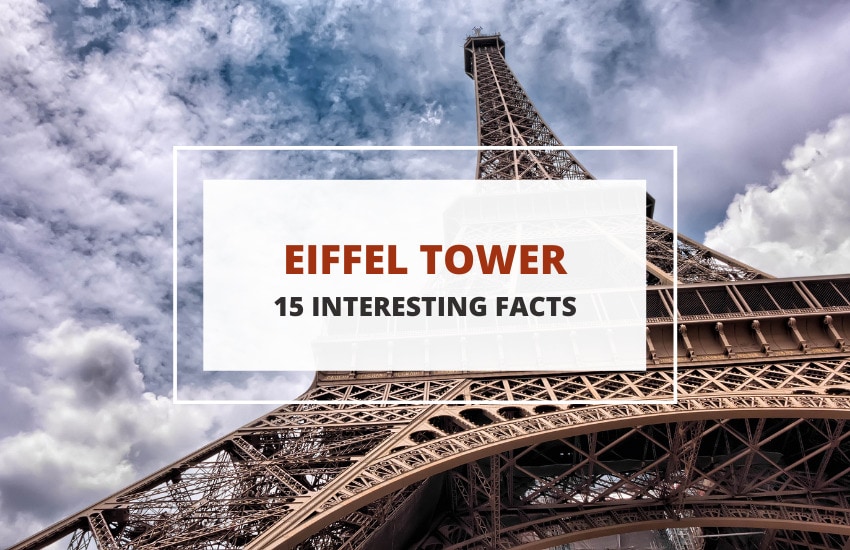
When you hear the word Paris, the Eiffel Tower almost always comes to mind. A towering steel structure located in Paris, France, it serves as a symbol of love and romance. It’s a place that almost every couple wants to visit someday.
The Eiffel Tower was built to serve as one of the main attractions at the World Fair in Paris. To this day, it’s still an extremely popular tourist spot, drawing millions of visitors every year. Even though it is admired around the globe, there are still many things that we don’t know about the Eiffel tower. Here are 16 facts about the Eiffel Tower that you might not have known.
1. Created to be an Attraction
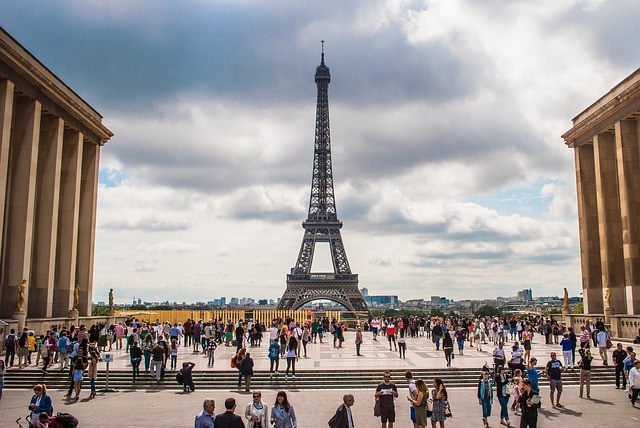
The Eiffel Tower was constructed as a way to show France’s technological and engineering advancements at the 1889 World Fair. The event showcased inventions all over the globe. The tower served as its entrance, welcoming an average of 12,000 tourists each day at that time.
During the Fair’s first week, the lift in the tower was not yet complete. This forced the people who wanted to see the view from the top of the tower to take the staircase, which has a total of 1,710 steps.
2. Engineered to be Both Strong and Cost-effective
The tower was built using the engineering techniques employed in building bridges at that time. The design process took the effect of wind forces on the structure into account. Thus, the final design was kept minimal to reduce the surface area.
Some parts of the tower were later added to the design by Eiffel for purely aesthetic reasons. This means that the structure can withstand strong winds since they pass through the empty spaces between the metal frames, drastically reducing the forces that the tower has to endure.
The design and materials used kept the price of the construction reasonable while maintaining the structural integrity of the tower.
3. The Highest Man-made Structure for Four Decades
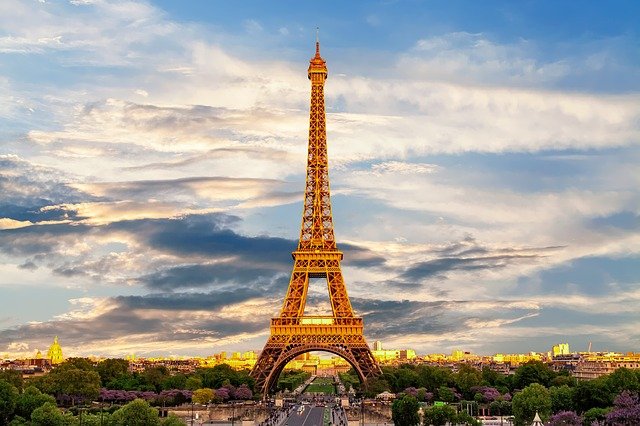
The Eiffel Tower was completed on March 31, 1889. It remained the world’s highest man-made structure for 41 years until the Chrysler Building in New York took this title in 1930. The Eiffel Tower has a height of 324 meters tall and weighs 10,100 tons.
4. It was Almost Given a Different Name
The tower was named after Gustave Eiffel, a bridge engineer who specialized in metal structures. His company was responsible for creating the now-famous tower. However, the original design was created by Maurice Koechlin and Emile Nouguier, two engineers that worked under Eiffel. Out of the 100 other proposals presented to be an attraction in the fair, the tower’s design won.
The structure was almost named after the two engineers that created the concept for the tower, but that honor was later given to Eiffel.
5. It is Painted Regularly
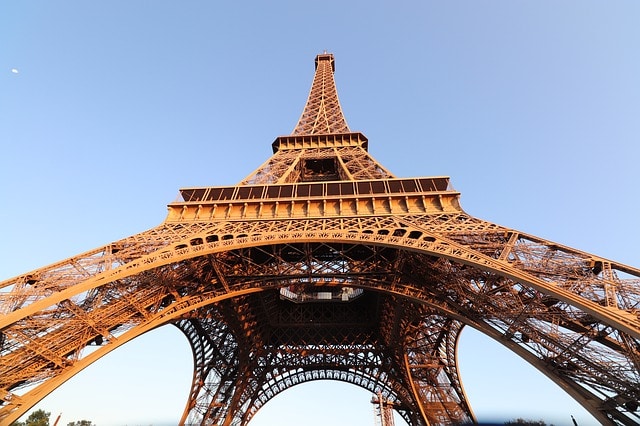
Around 60 tons of paint are applied to the tower every seven years. This was advised by Eiffel himself to prevent corrosion. The structure is actually painted in three shades that become lighter with elevation. This was done to ensure that the structure properly stands out.
Initially, the Eiffel Tower was painted in a reddish-brown color. It was later painted yellow. Now, it even has its very own color, which is called “Eiffel Tower Brown”. The traditional painting method by hand is the only way used to paint the structure. The use of modern painting methods is not allowed.
6. Millions Visit the Tower
The tower attracts an average of 7 million people a year, making it the most visited paid-for monument in the world. The ticket sales alone of the monument each year average around 70 million euros or 80 million in US dollars.
7. Almost Destroyed by Germans
During the German invasion in 1944, Hitler wanted the whole city of Paris to be demolished. This included even the famous Eiffel tower. The city and the tower survived, however, because the military did not follow his command.
8. Nearly Turned into Scrap Metal
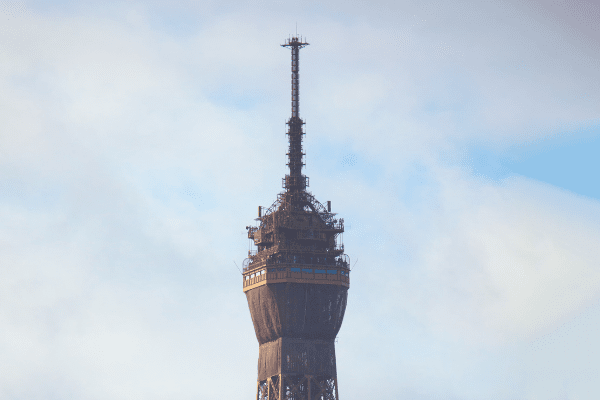
The tower was originally planned to last for only 20 years, but it was never dismantled. The ownership of the tower was given to Eiffel for those two decades, but he had to turn it over to the government after that. The government planned to take it apart for scrap metal. To save the tower, Eiffel built an antenna on top of it. He even financed research on wireless telegraphy.
The usefulness of wireless communication provided by the tower outweighed the need of the government for scrap metal, so it was kept standing and Eiffel’s ownership was renewed.
9. It has a Useful Laboratory
There’s a laboratory on the third floor of the Tower. Eiffel and the scientists he had invited did numerous studies about physics, astronomy, meteorology, and aerodynamics there. The wind tunnel meant to carry out aerodynamic tests also helped with research on Wright Brother’s airplanes.
10. Eiffel Created the Framework for the Statue of Liberty
Gustave Eiffel also created the iron framework of the Statue of Liberty after the untimely demise of the original engineer. The statue remained the tallest metal structure up until the Eiffel Tower took that title.
11. It Helped Win the War
In 1914, the tower was instrumental in the Allied victory at the First Battle of the Marne. The station at the top of the tower intercepted the enemy message that the German army was temporarily discontinuing its advance. This gave enough time for the French military to launch a counter-attack that eventually led them to victory.
12. The Tower is Married
A woman from the United States, named Erika LaBrie married the Eiffel Tower back in 2007. Erika founded OS Internationale or Objectum-Sexuality Internationale. This is an organization for those who develop relationships with inanimate objects. When Erika saw the tower back in 2004, she immediately felt a strong attraction to it. She even changed her name to Erika Eiffel.
13. The Tower Shrinks and Expands
The Eiffel Tower expands and contracts depending on the weather. The heat from the sun makes it 6 inches taller, while, on the other hand, the cold can also shrink it by the same amount.
14. It was “Sold” Two Times
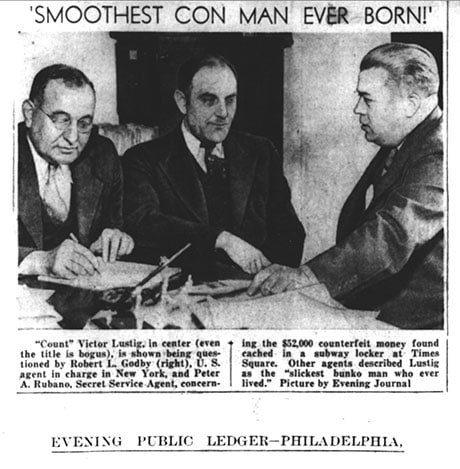
Victor Lustig, a con artist from Austria-Hungary, managed to trick businessmen to buy the tower for scrap metal on two separate occasions. He pulled this off by researching the public perception of the tower, and how the government was struggling to keep it maintained. With enough information, he looked for his targets.
Lustig convinced businessmen that the city wanted to sell the tower in private to avoid any public outcry. They then sent him their bids and he chose the most vulnerable target. After he had received the payment, he fled to Austria.
Since there were no reports in the newspaper about his fraudulent act, he returned once again to do the same thing. He managed to pull off the same trick and avoid the authorities by fleeing to the U.S.A.
15. Taking Photos of the Tower at Night is Illegal
It is actually illegal to take photos of the tower at night. The lighting on the Eiffel tower is considered a copyrighted artwork, making it illegal to use the captured photo professionally. However, if the picture was taken for personal use, it is completely legal.
The reason behind this rule is that the lighting on the tower was added in 1985. According to European Union copyright law, original artworks are protected from any copyright infringements as long as the artist is alive, continuing for another 70 years after their death. The same rule was also in effect with the Eiffel tower itself. Gustave Eiffel passed away in 1923, so in 1993 everyone was already allowed to take pictures of the Eiffel tower for any use.
16. It was Hated at First
The Eiffel Tower didn’t always have the charm of being a symbol of love and romance. During its construction, it faced a significant backlash from the people of Paris. This was due to its appearance that sticks like a sore thumb in contrast to the classic architecture of the city.
Protests were organized and it even got to the point where a petition with over 300 signatures was given to the government. It read:
We, writers, painters, sculptors, architects, passionate lovers of the beauty, until now intact, of Paris, hereby protest with all our might, with all our indignation, in the name of French taste gone unrecognized, in the name of French art and history under threat, against the construction, in the very heart of our capital, of the useless and monstrous Eiffel Tower.
The structure was later accepted by the city because of its usefulness in times of war and for aesthetic reasons.
Wrapping Up
Even though the Eiffel Tower was almost demolished multiple times, and was hated initially, it still managed to survive to this day to become a symbol of Paris. It is now well-known all over the globe and it draws many tourists that are eager to see and feel the magic of the city and its famous structure.







